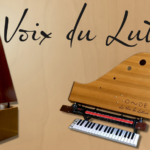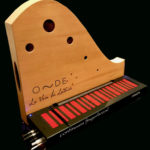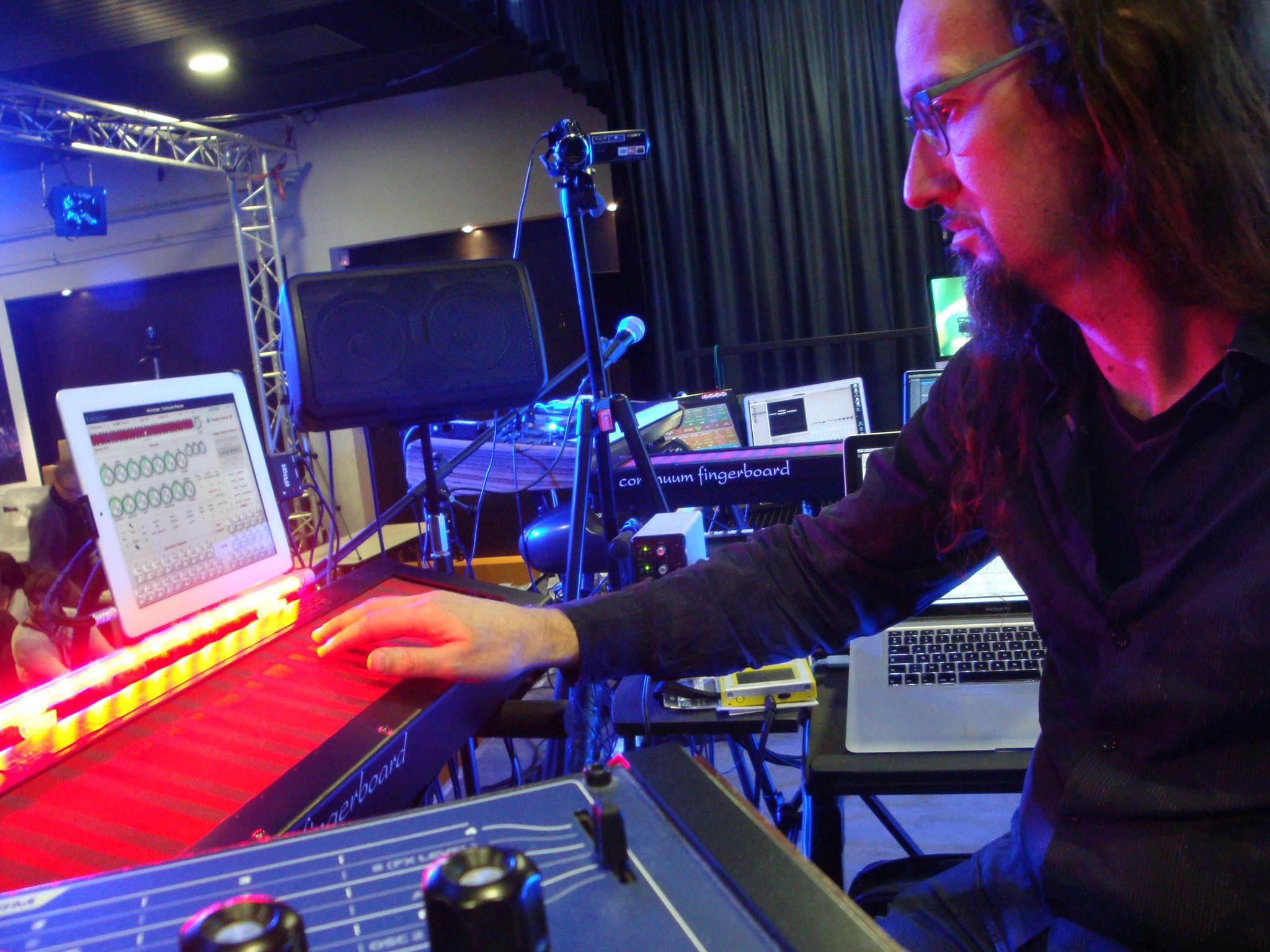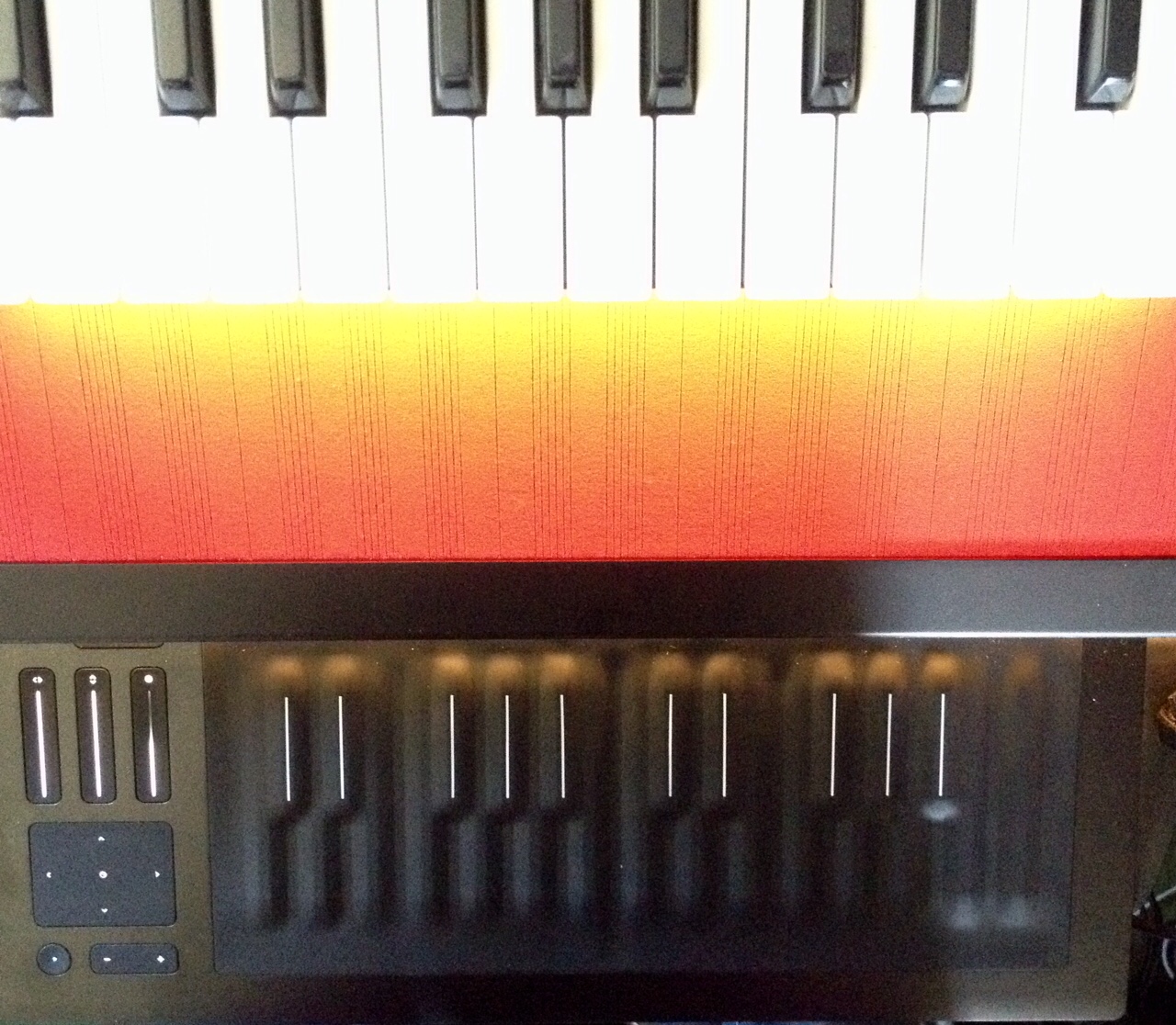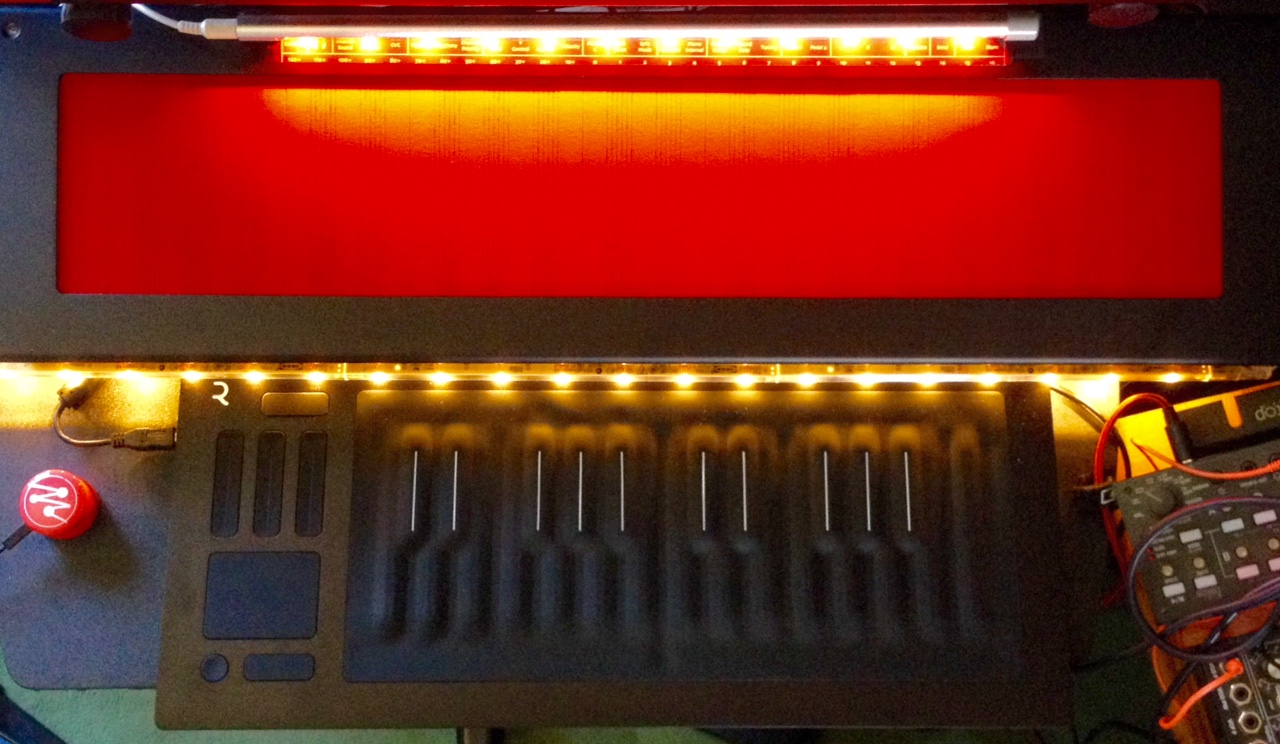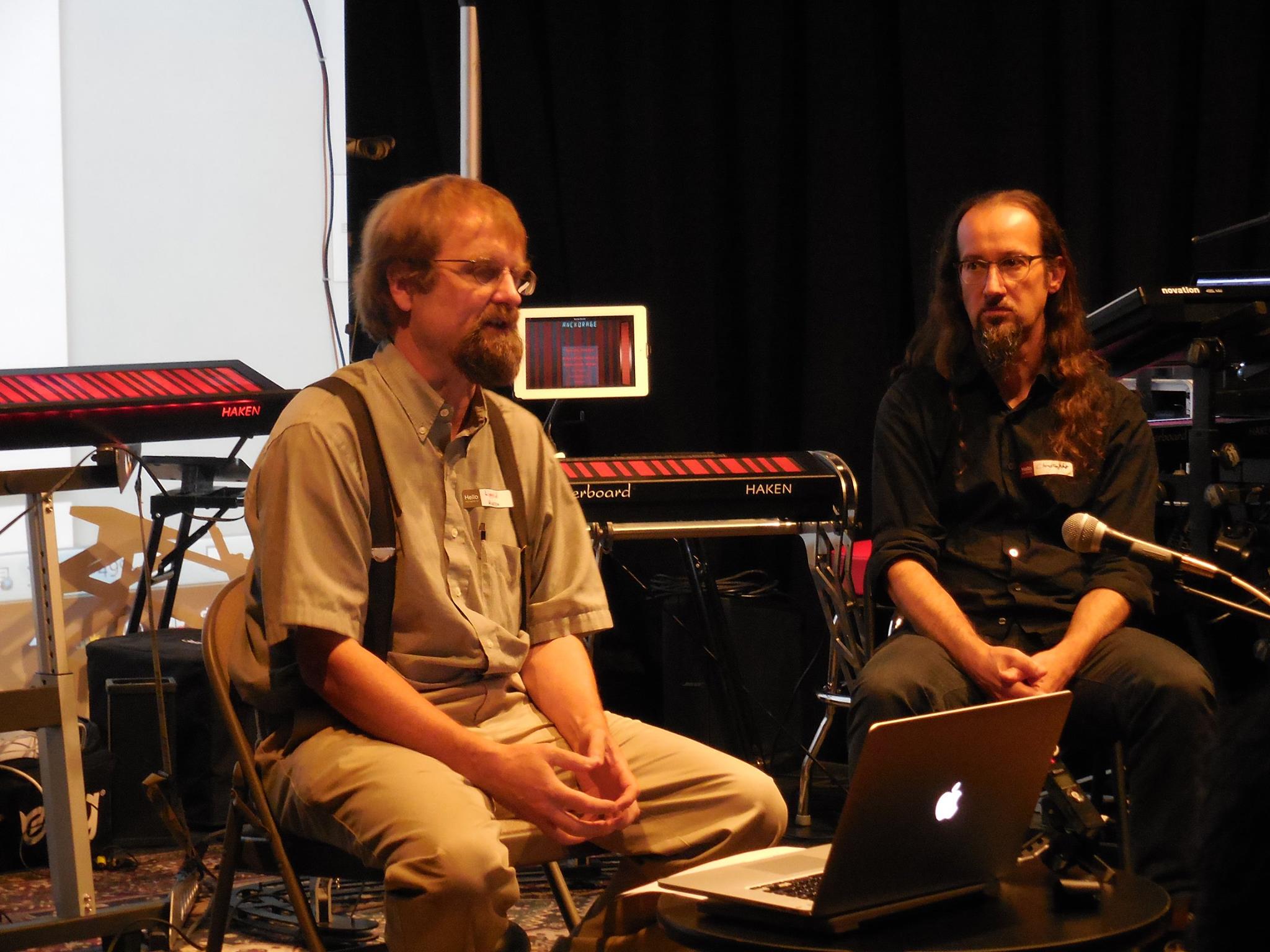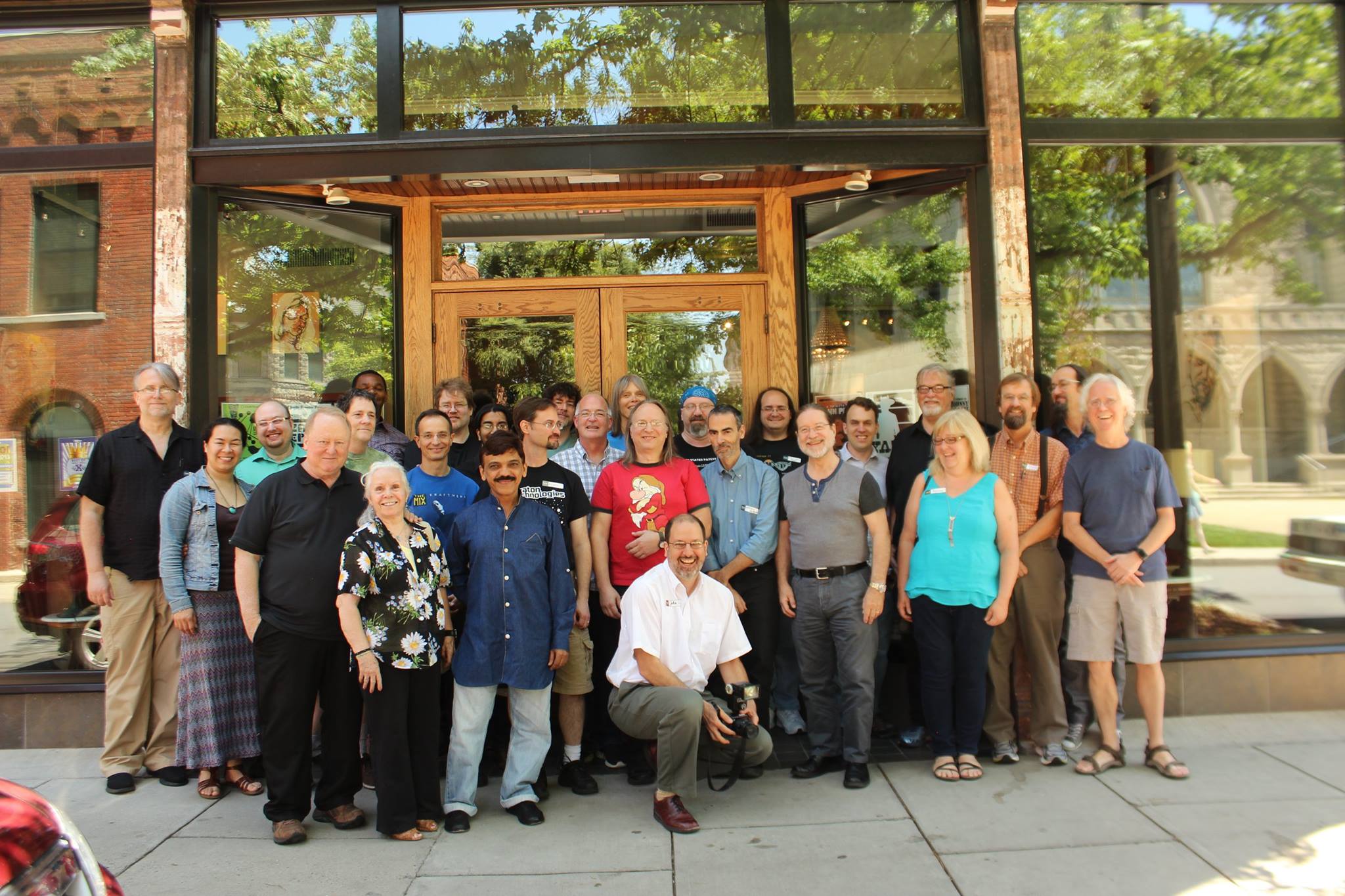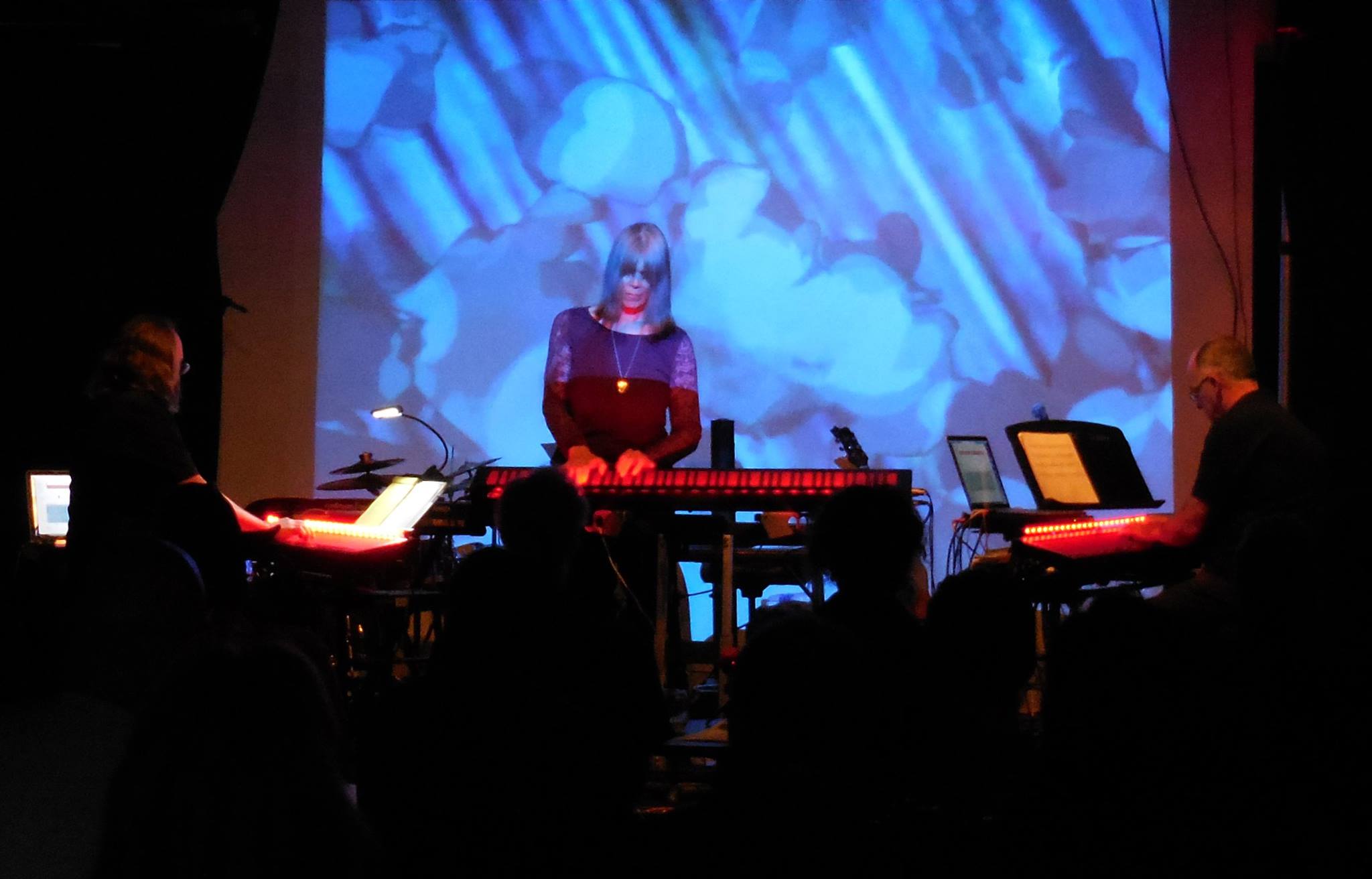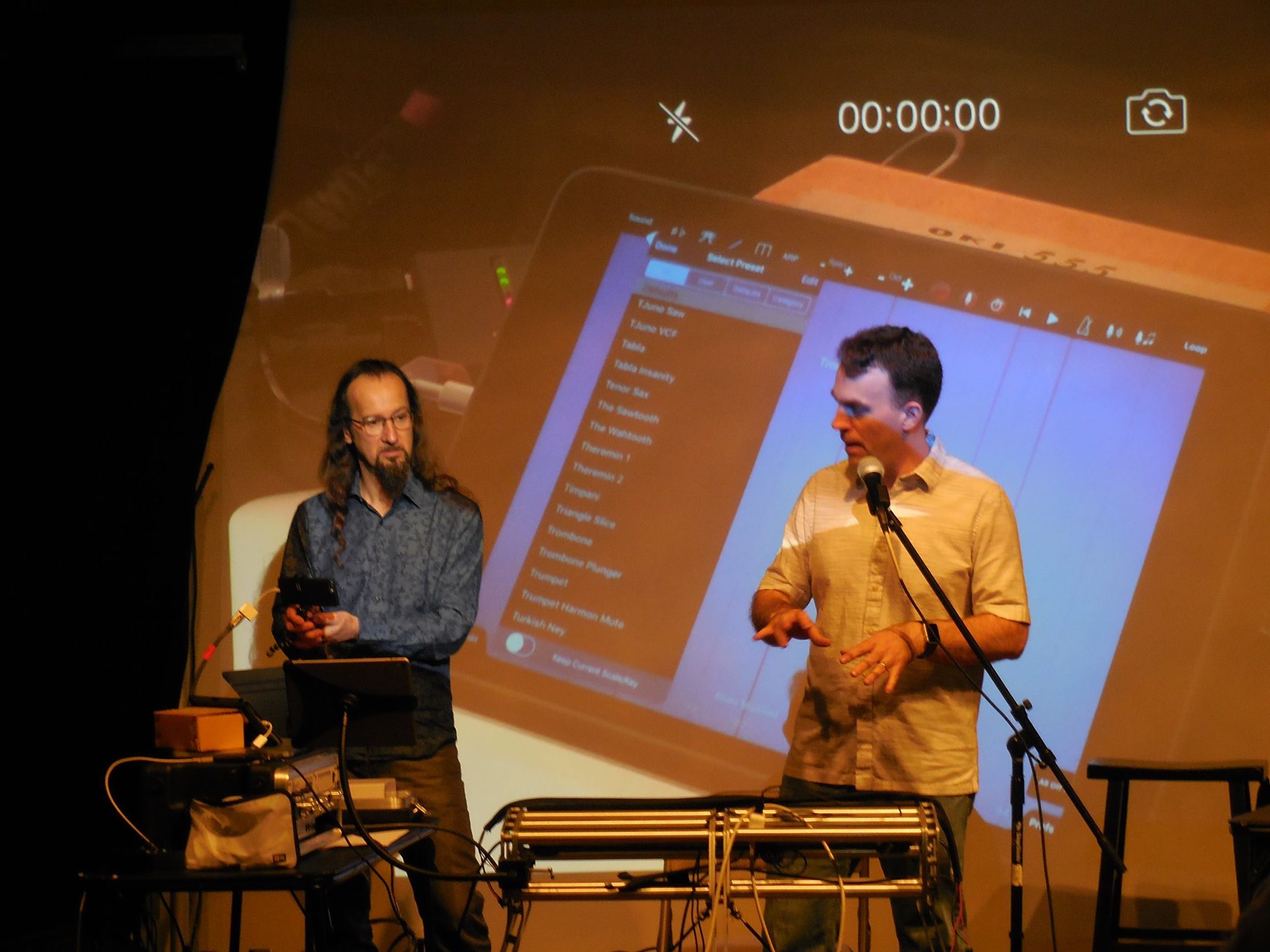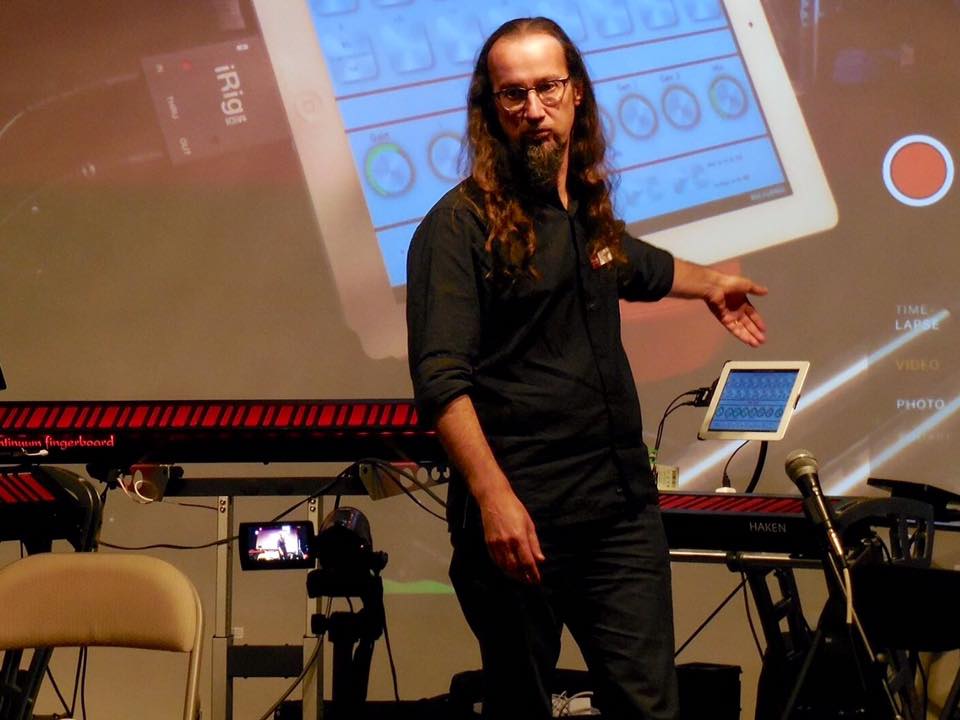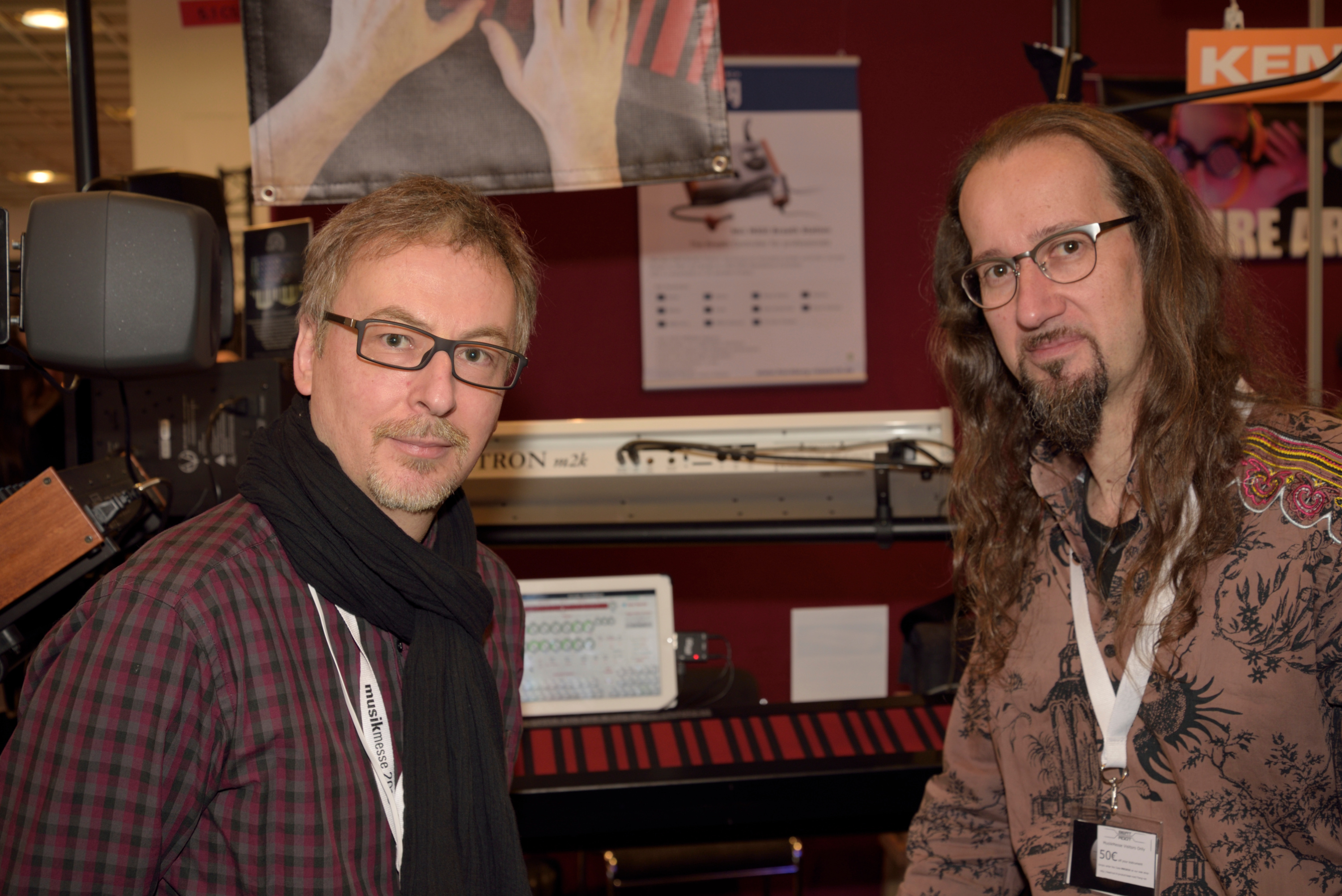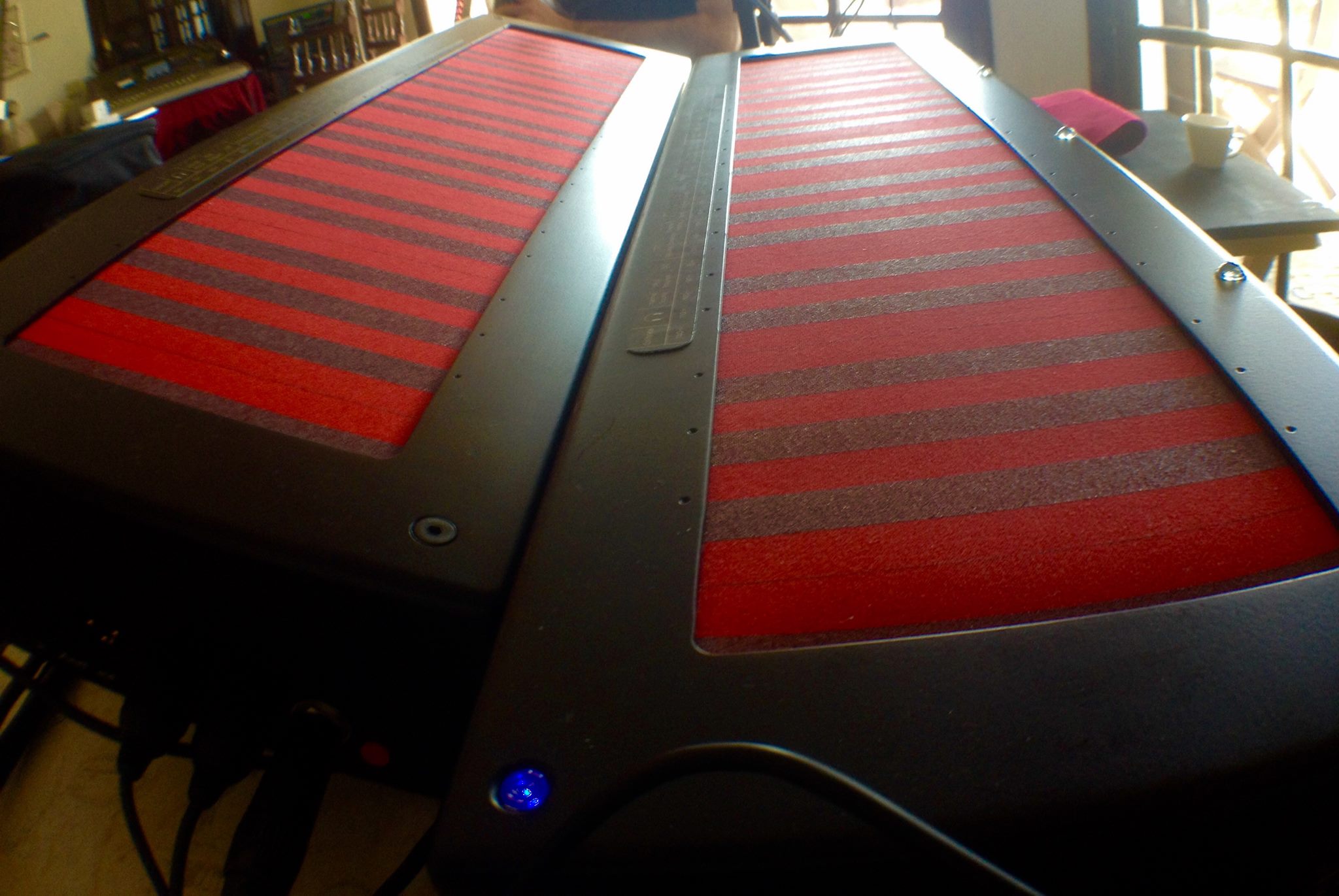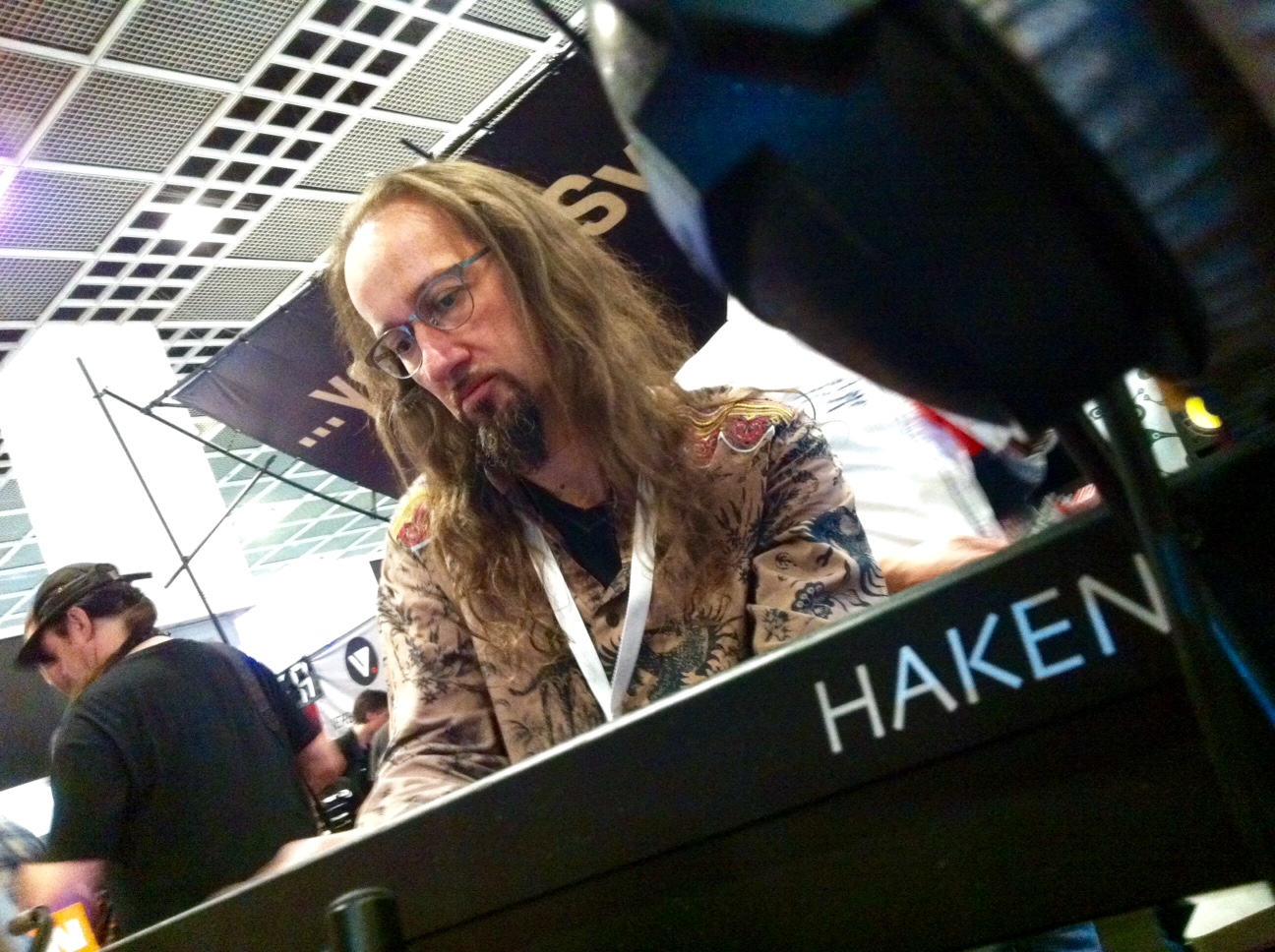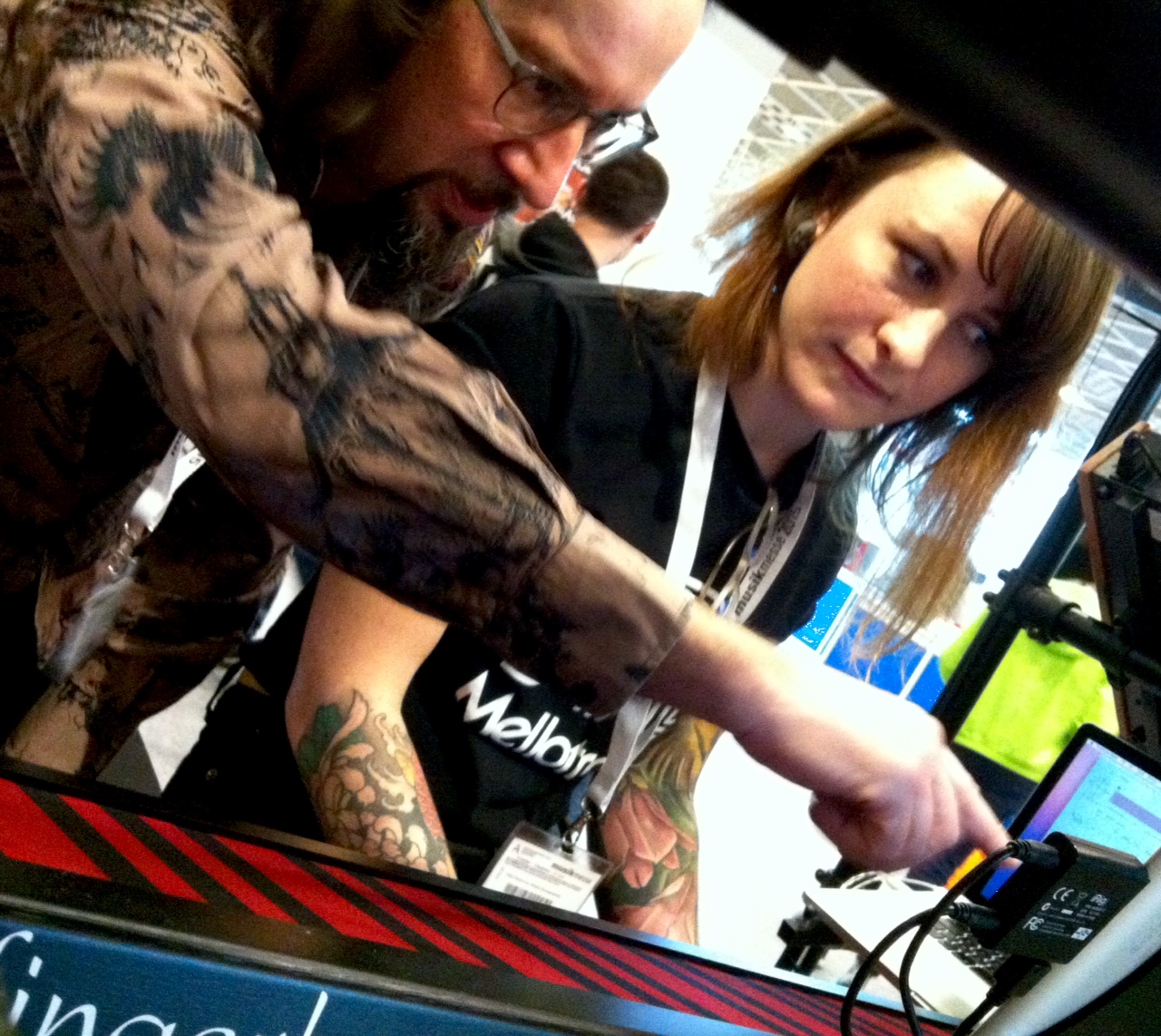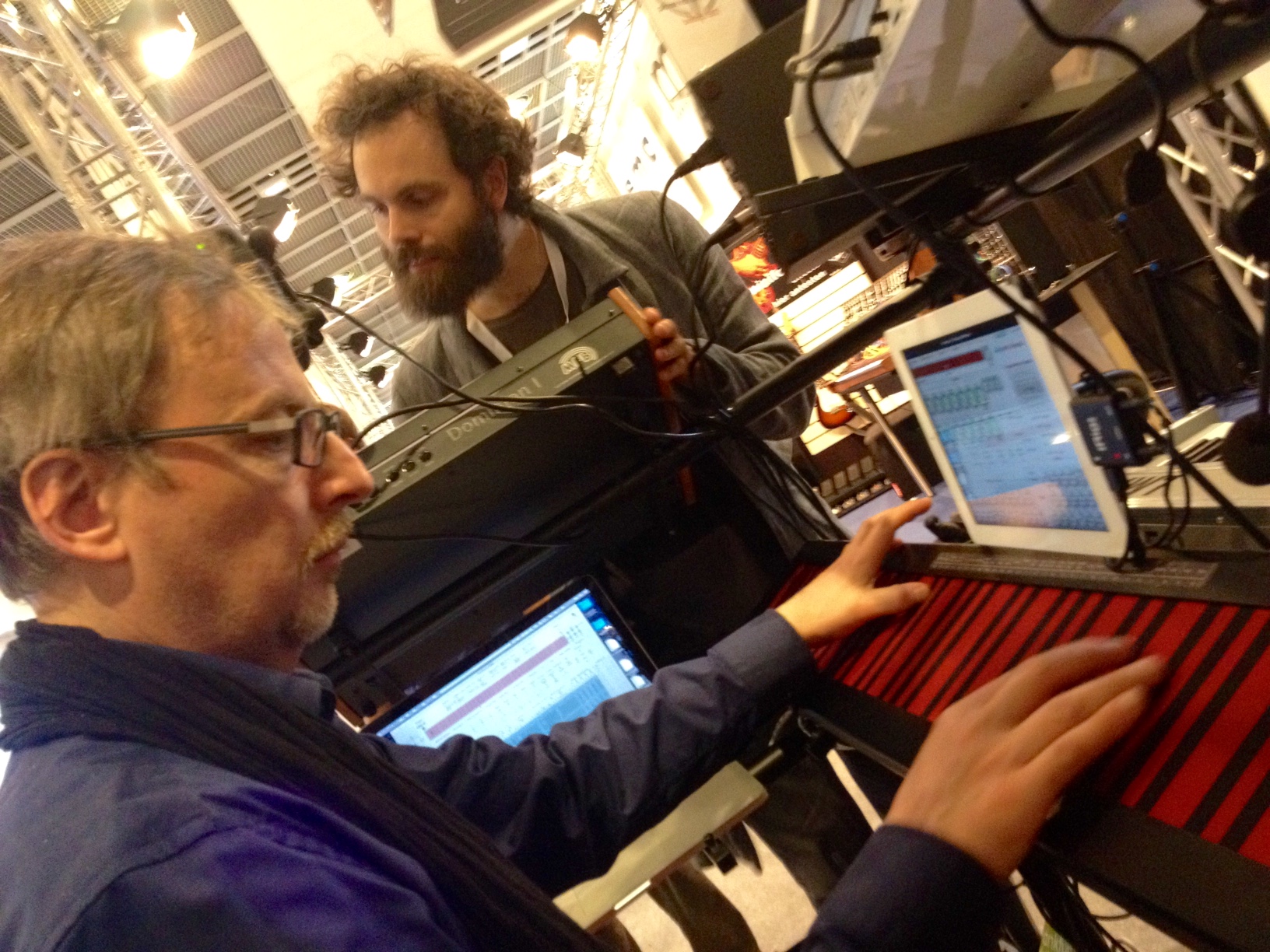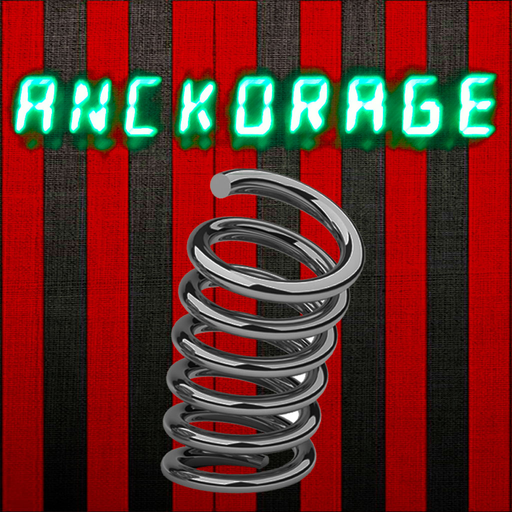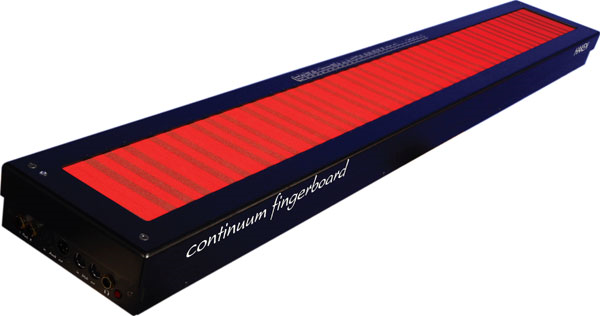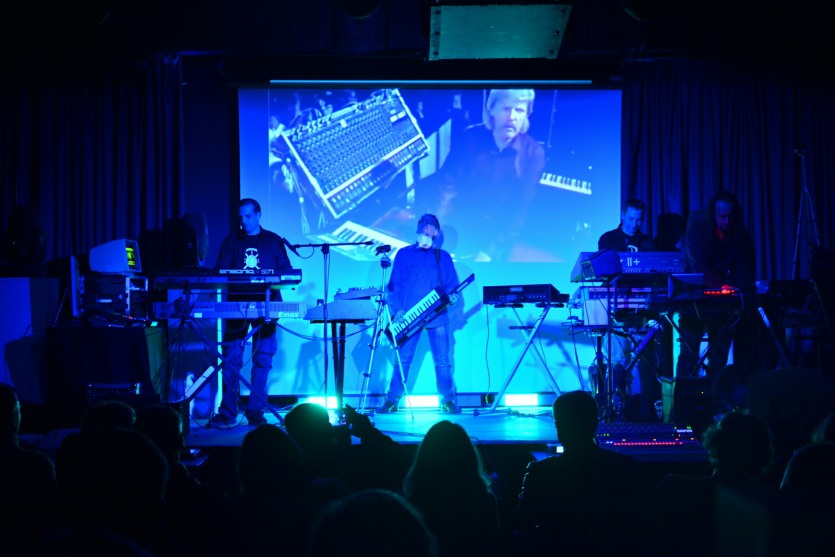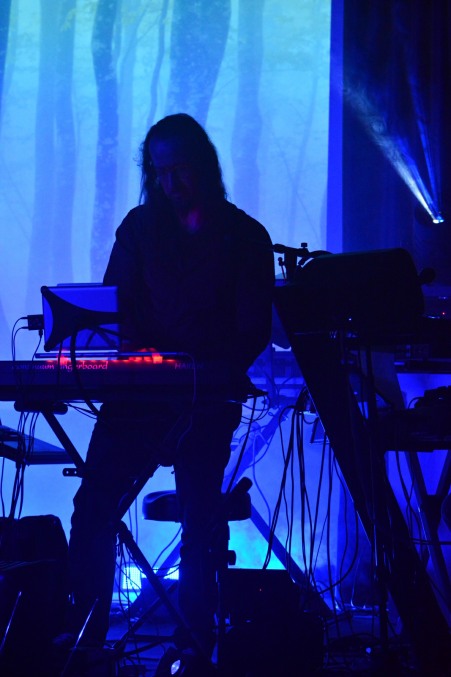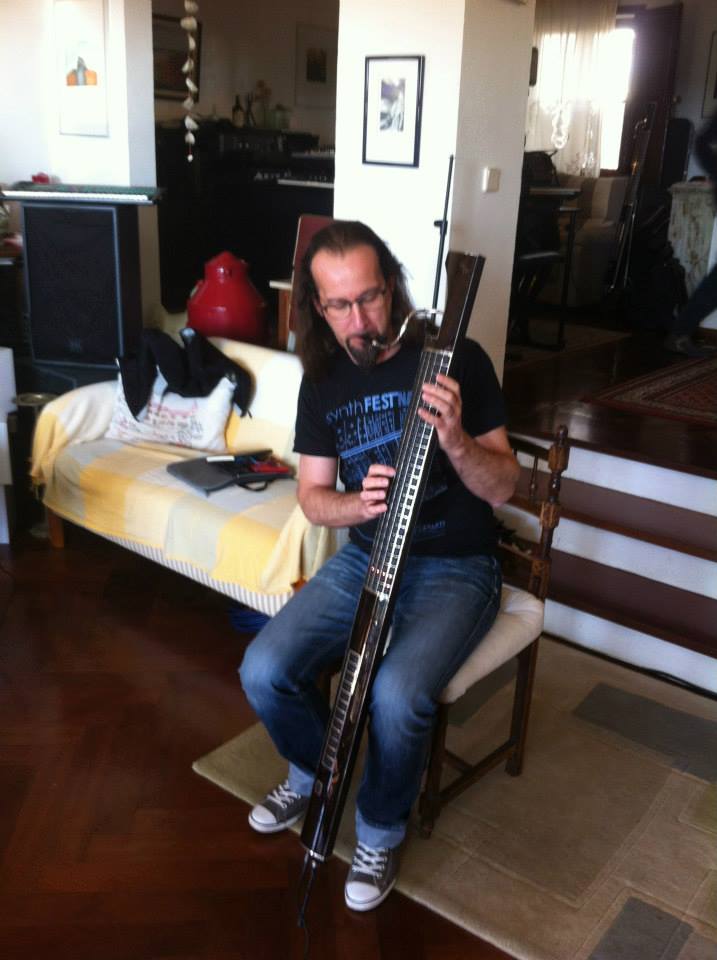The Seaboard RISE is one of the most 2016 most commented new keyboard. Seaboard takes the familiar layout of the traditional piano keyboard and adds unprecedented expressive potential.
The Rise is a two or four octaves MIDI controller featuring the same innovative playing surface as the Seabord Grand, without the built-in sound engine but and additional Y sensibility, a touch sensitive trackpad and three faders (https://roli.com/products/seaboard-rise).
The RISE also offers MIDI MPE Support, a built-in MIDI over Bluetooth and an onboard rechargeable battery mean that it can be used completely without wires. It ships with ROLI’s Equator software synthesizer specially designed to manage de RISE’s expression parameters (https://roli.com/products/seaboard-rise/software).
I have recently designed 23 of the presets now included in the official version of EQUATOR for RISE.
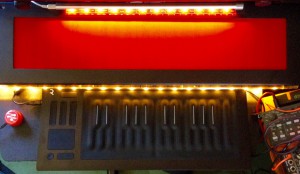
I’m very often asked about how the RISE compares to the Continuum. To me, you can’t really compare the Seaboard and the Continuum, as you won’t try to compare a fretless bass guitar and a violin although they have some obvious commonalities.
The Seaboard is more an enhanced expressive keyboard shaped instrument. The RISE being the most recent, and probably the most advanced of the family regarding expression (only the RISE has the Y control, and the sliders and X/Y pad on its left which are really great for tweaking sounds live). You can reuse most of your « muscle memory » on a Seaboard if your are already a keyboard player (but you will also need to learn how to use its expression). The EQUATOR is a great sound engine, based on regular substractive/FM/sample technics. Its great strength is its ability to use an map all the 5 controls (Attack, X Glide, Y Slide, Pressure and Lift) and map them to modulate any parameter of the sound. EQUATOR has to be hosted on a Mac/PC on the RISE, but is embedded for the other Seaboards.
The Continuum can hardly be compared to any already existing instrument and could be described as a fretless surface. It has been around for some time, always evolving and can be considered as very mature now. It is hugely precise and fast responding, but you will definitely need to practice it regularly (as any instrument) before being able to get the best of it. But this work is really rewarding. Its sound engine, the Eagan Matrix, has been designed to specifically fits to the expression of the Continuum (with a special and powerful feature named « formula ») and is a modular (grid based) synth mainly focusing physical modelling (but also having filters and oscillators but more harmonic based, a bit like Buchla, and not traditonal waveform based, and also has some nice FM capabilities). As the Continuum itself, the Eagan Matrix is something very different from what you have ever seen before, but hugely powerful, and you will also need to practice it before mastering it.
So in both cases, the dedicated sound engine has been designed in a very consitent manner with its controller. Now you also have MIDI MPE (for both) that will allow you to use other external synth (but usually you won’t be able to go as far as with the dedicated sound engine regarding the expression).
I could write pages about these two instruments, but I have tried to put in a few lines what are, to me, the main points . At the end of the day, you need to try them both to make you own opinion and see how they fit to your expectations. If you can afford to buy a half size Continuum and a RISE, gor for it, it is a very nice couple.
Here are a few videos were I’m using the RISE and the Continuum together.

